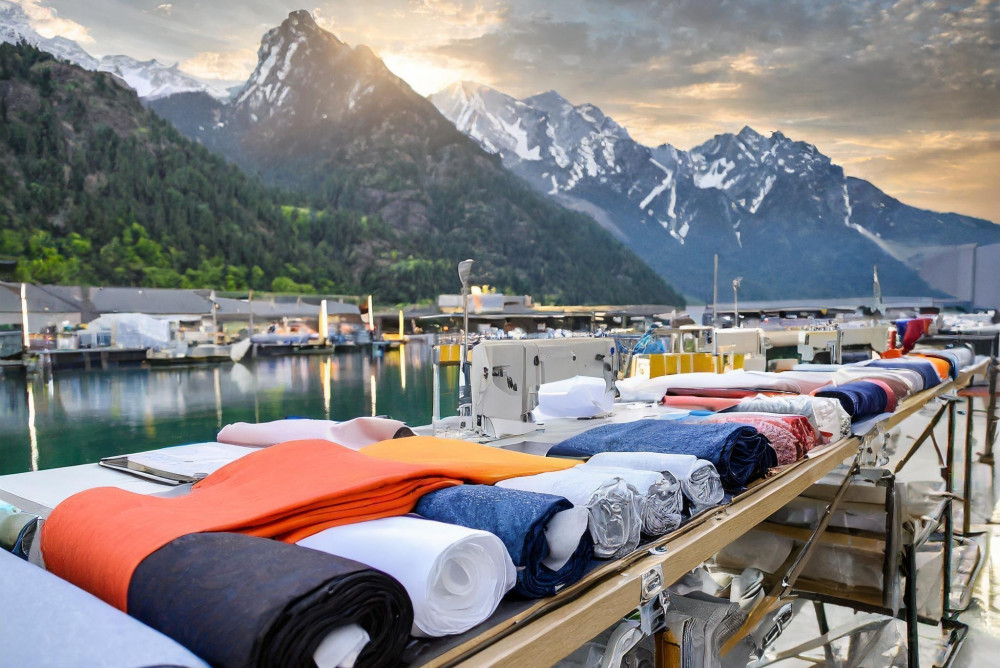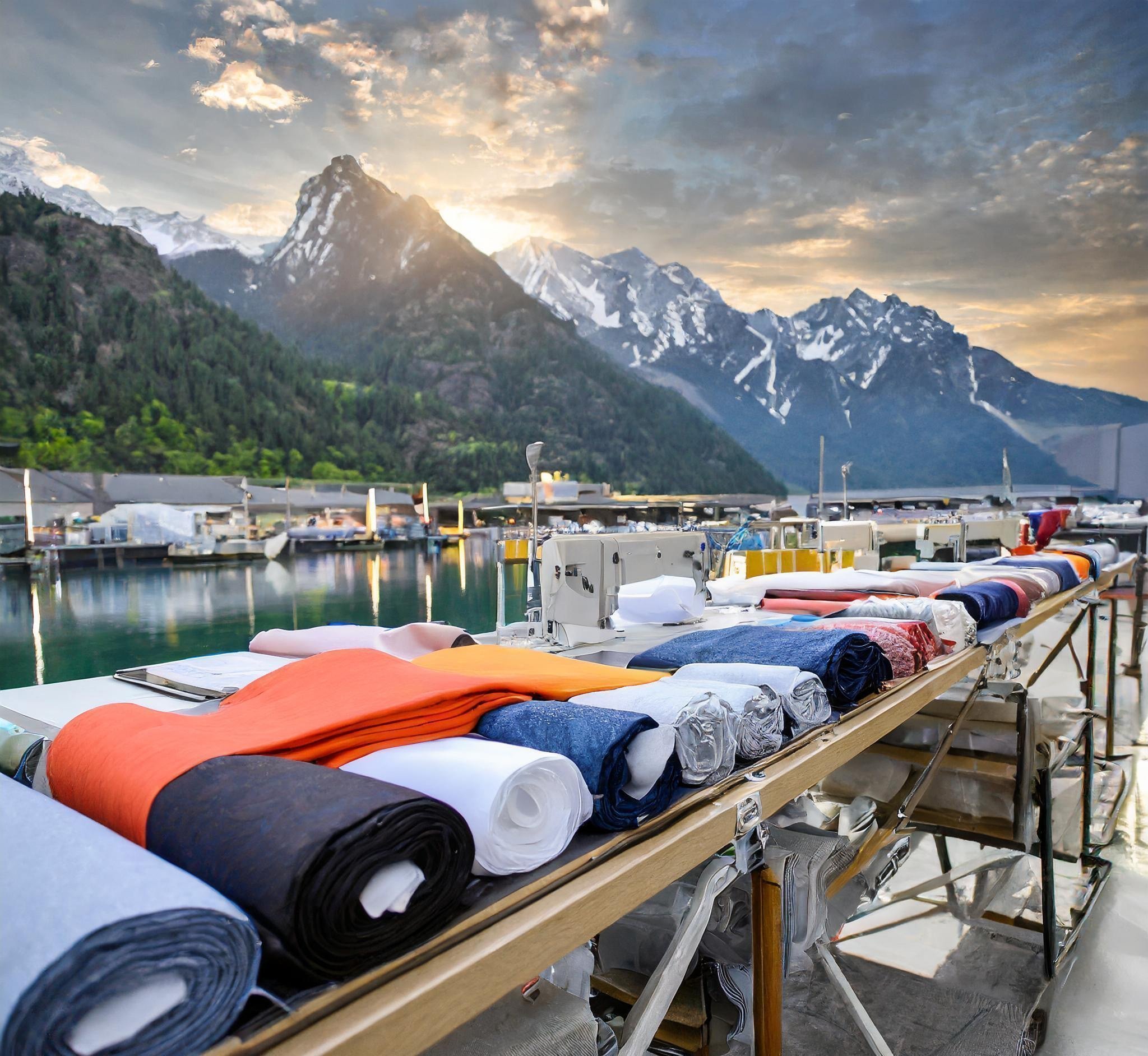Finding Reliable Clothing Manufacturers in China for US Startups


In today's globalized world, many apparel startups are looking to overseas manufacturing as a way to produce high-quality clothes at competitive prices. For those based in the United States, China has become an increasingly attractive option for clothing production. With its huge manufacturing capacity, low labor costs, and expertise in garment construction, China offers enormous potential for fashion brands and designers seeking affordable solutions.
However, finding the right factory partner in China takes research and due diligence. The Chinese clothing manufacturing sector is vast and varied. With thousands of factories spread across the country, identifying a supplier that can deliver on quality, reliability and transparency requires insider knowledge. As a startup launching your first production run, you also need a partner that can work with small volumes and new brands.
This article provides an in-depth guide on how to locate custom clothing manufacturers in China that are well-suited for U.S. startups and small businesses. We'll walk through the process step-by-step, from using sourcing websites like Alibaba to attending trade shows and leveraging referrals. You'll learn how to vet potential partners by checking credentials, capabilities, compliance and visiting factories. We'll also cover building relationships through clear communication, protecting IP, overseeing production runs and quality control.
With the right strategy and research, startups can find manufacturing collaborators in China that enable them to turn their visions into well-made end products. This article equips you with the knowledge needed to navigate the complex supply chain terrain in China and emerge with apparel producers ready to grow with your brand. Let's get started understanding the key benefits of Chinese clothing factories for American startups and how you can start exploring options.
Benefits of Manufacturing Clothes in China
For American fashion startups and small brands, producing apparel in China offers three major advantages:
Lower Labor Costs
China has a huge workforce due to its large population. The country’s per capita annual income is around $10,000 compared to over $63,000 in the United States. This means significantly lower labor costs, with garment factory workers in China paid a fraction of U.S. minimum wage. For resource-strapped startups, this cost advantage allows you to manufacture small batches economically.
Expertise in Clothing Manufacturing
China has a long history of garment production. Over decades, cities like Shanghai, Guangzhou and Dongguan have become hubs for clothing factories, creating clustered supply chains and skilled workers. This industrial ecosystem results in specialization - manufacturers have expertise in particular products like dresses, jeans or activewear. For startups, this knowledge base makes it easier to find the right partner factory.
Proximity to Textile Suppliers
China’s vast textile industry with its cotton fields, mills and fabric plants means that garment factories have easy access to raw materials. For clothing companies, this provides the ability to find all supply chain elements in one geographic area, keeping lead times and costs low. Being closer to textile sources also allows for flexible fabric sourcing.
In addition to these main advantages, China offers other benefits like minimum order quantities as low as 100 pieces. Quality standards and compliance have improved significantly over the years. The right Chinese partner can offer startups huge value in bringing apparel visions to life.
How to Find Reliable Manufacturers
With thousands of garment factories spread across China, here are some of the best ways to identify and vet potential partners:
Use Sourcing Websites Like Alibaba
Alibaba is the largest online B2B marketplace connecting buyers with manufacturers. You can search for clothing suppliers based on capabilities, location, minimum order and certifications. Use the RFQ function to get quotes. Check for trading company vs factory to find actual producers.
Ask for Referrals From Other Businesses
Seek referrals from brands already producing in China. Join industry associations and networking groups to find advisors. Experienced founders can provide recommendations on factories they use and trust. However, still vet yourself using steps below.
Attend Trade Shows
Major apparel trade shows like China International Fashion Fair in Shanghai or Intertextile Guangzhou are opportunities to meet suppliers in person. You can assess their expertise face-to-face, view product samples and begin conversations.
Search Chinese Business Directories
Directories like Made-in-China.com have thousands of manufacturers listed with contact details. Use filters like "clothing" and certifications to narrow options. Reach out to shortlisted suppliers via email or phone.
Evaluating and Selecting Manufacturers
Once you’ve identified promising clothing factories in China through sourcing sites, referrals, trade shows etc., here are some tips for vetting your options:
Check Company Credentials
Verify legal business registration records and operating years in manufacturing. This indicates stability and track record.
Look for related certifications like ISO 9001 quality management. OEKO-TEX and BSCI audits also instill confidence.
Review Production Capabilities
Assess their specialization - is it in your product categories like dresses, activewear etc.?
Check machinery and in-house processes like pattern making, cutting, sewing, embroidery etc.
Ask about their capacity volumes per month and staff strength/skills.
Request Samples and Price Quotes
Order product samples in your materials to test quality firsthand.
Compare pricing quotes for your order volumes and specifications. Get a breakdown.
Arrange Factory Visits or Third-Party Inspections
Visit the factory if possible to check operations. If not, hire an audit firm.
Assess workforce conditions, dorm standards, compliance practices.
Confirm Compliance with Safety Standards
Mandatory regulations include flammability testing, AZO-free dyes etc.
U.S. standards like CPSIA should be met if selling in America.
Select manufacturers that clearly satisfy your criteria. Prioritize transparency - factories that refuse visits or information may be hiding issues. Take your time making the decision since switching later is difficult.
Building Relationships with Manufacturers
Once you’ve selected a clothing factory in China to partner with, here are some tips for building an effective working relationship:
Clearly Communicate Design Specifications
Provide tech packs with highly detailed specifications like measurements, materials, branding placement etc.
Minimize assumptions and ambiguities that can lead to errors. Be meticulous.
Negotiate Payment Terms
Agree on payment schedule and methods. Typical terms are 30% down payment, 60% before shipment, 10% after final quality check.
Ensure fair terms for both parties and safeguards for your payments and IP.
Discuss Production Timelines and Shipping
Align on expected timelines for production milestones and delivery based on your launch goals.
Choose shipping method and confirm details like customs documentation required.
Protect Intellectual Property
Sign an NDA and explicitly prohibit unauthorized sharing of your designs.
Avoid sending full tech packs before securing deposits.
Manage Cultural Differences
Adjust for communication nuances arising from cultural gaps. Be patient and clear.
Travel to China if possible to build rapport in person. This facilitates cooperation.
Fostering trust and transparency is crucial, especially with overseas partners. Maintaining open channels of communication at all stages allows you to prevent issues and align for a successful long-term relationship.
Overseeing Production and Quality Control
Once production begins with your chosen factory, you’ll need to closely oversee the process to ensure high quality:
Provide Tech Packs with Detailed Specifications
Supply tech packs with highly precise measurements, materials, labeling, quality expectations etc.
The more comprehensive your instructions, the less chance of errors.
Ask for Pre-Production Samples
Have factory create samples from the tech pack first to check for issues early.
Review against specs and iterate until approved before full production.
Arrange for In-Line Quality Control
Schedule periodic inspections during production by yourself, hired auditor or factory’s own QC.
Catch issues while still fixable (like improper sewing tension).
Test Final Products Before Shipment
When production is done, conduct quality assurance checks on pieces from the batch.
Look for defects and confirm compliance to specs like proper care labeling.
Reject substandard pieces and require fixes or reproduction as needed.
Active oversight is crucial to achieve your standards. Be present through emails, photos, calls. The time investment early prevents much larger hassles with corrections later.
Conclusion
Locating and partnering with the right clothing manufacturer in China is a process that requires diligence and care from fashion startups. While the advantages of producing apparel in China are numerous, from low costs to specialized expertise, finding a reliable match takes effort.
By leveraging sourcing websites, trade shows, referrals and business directories, you can identify promising factories that align with your needs. Vetting these potential partners on important criteria like quality, capabilities, compliance and transparency is crucial before selecting your manufacturer.
Building an effective working relationship founded on clear communication and trust takes time but pays dividends. With alignment on specifications, timelines, payments and protections, you can prevent misunderstandings down the road. Actively overseeing production with an eye for quality ensures you achieve your vision.
With the right strategy tailored to your needs, producing clothing in China can provide startups with huge opportunities to turn creative designs into well-made end products. By following the steps in this guide, emerging American fashion brands can find manufacturing collaborators ready to grow and scale with their businesses. With mindful preparation and diligence, your next custom order could be on its way to materializing your entrepreneurial dreams.





-500x500.jpg)
-500x500.jpg)
-500x500.jpg)
-500x500.jpg)
-500x500.jpg)